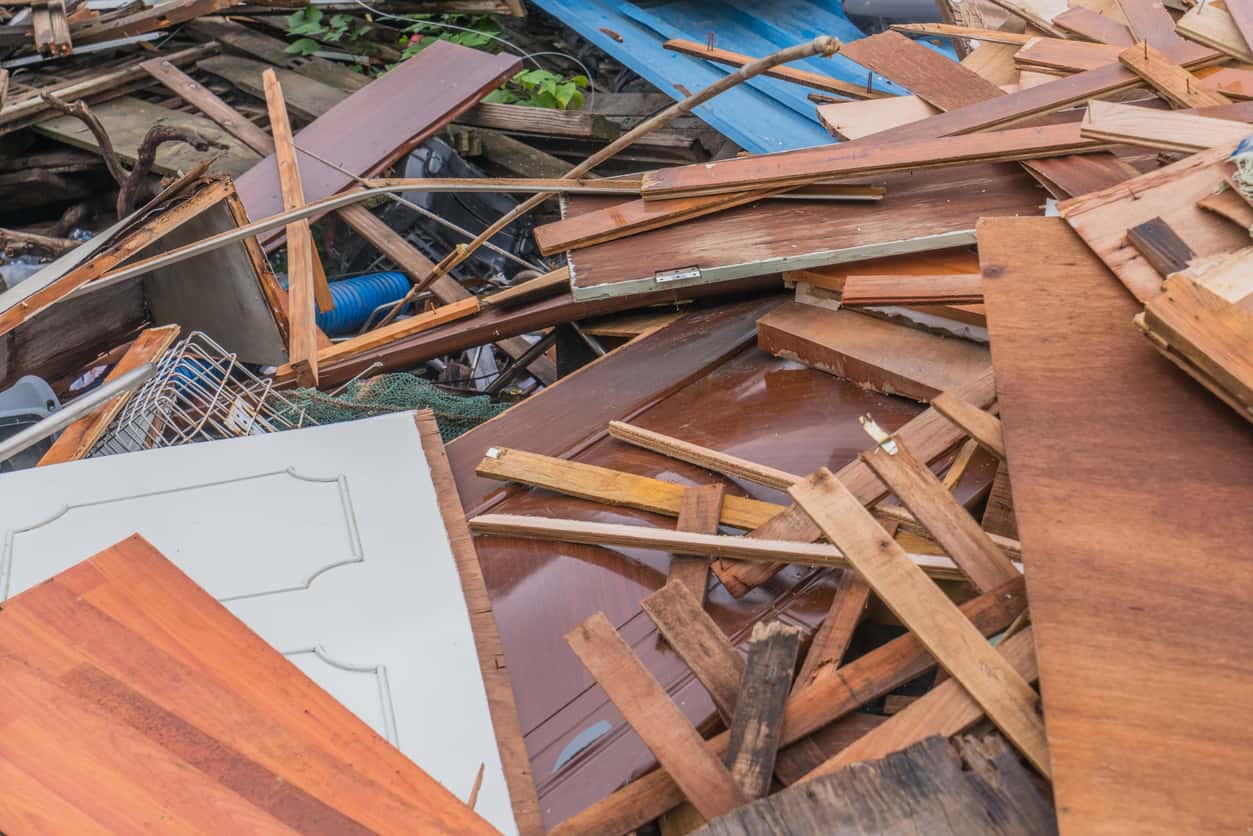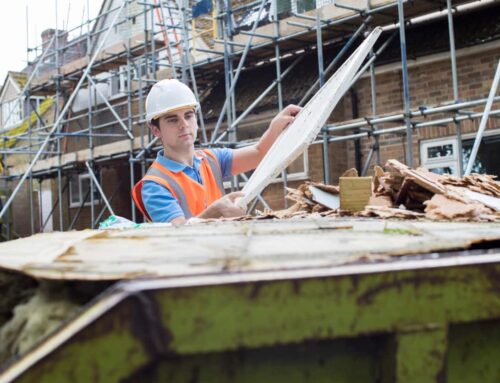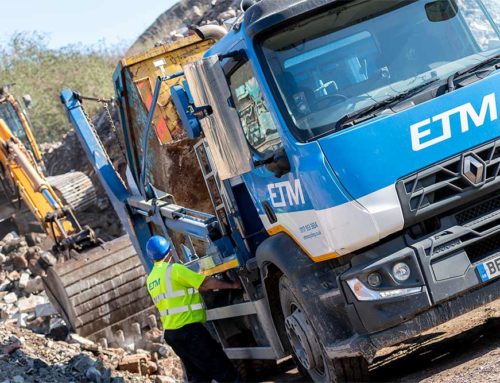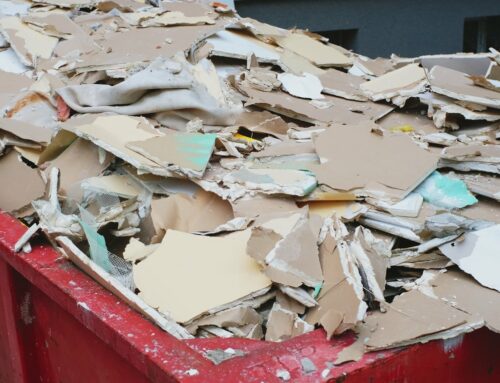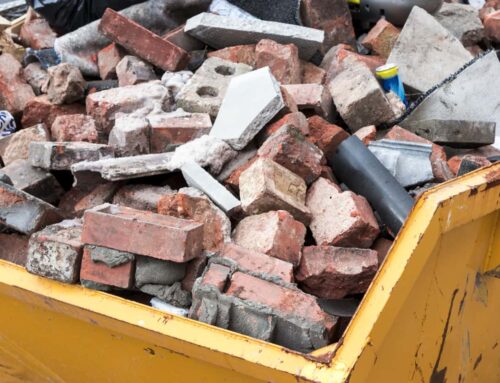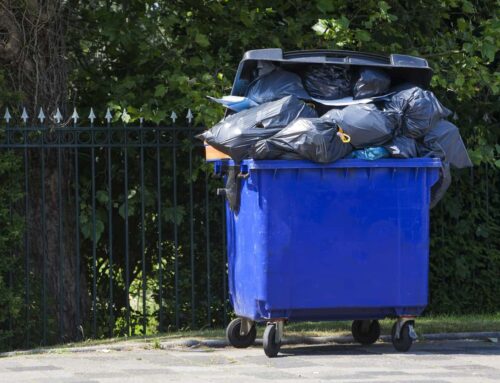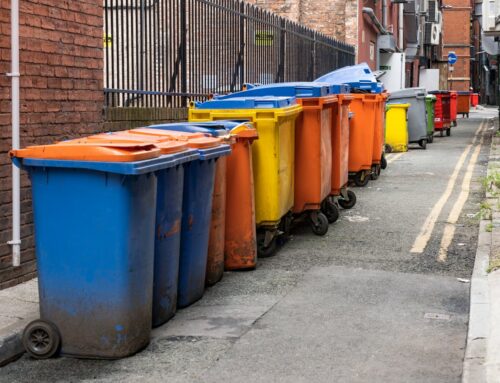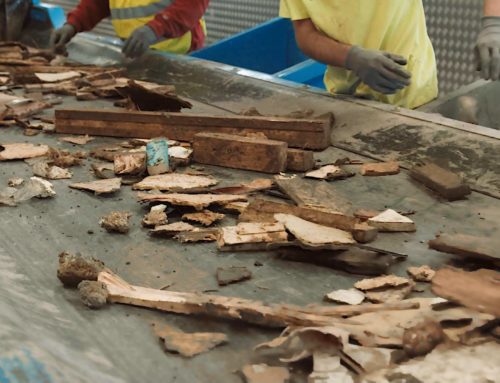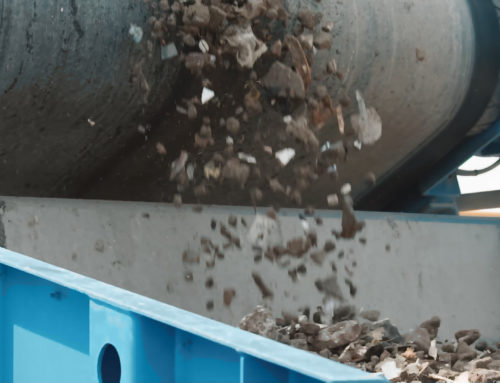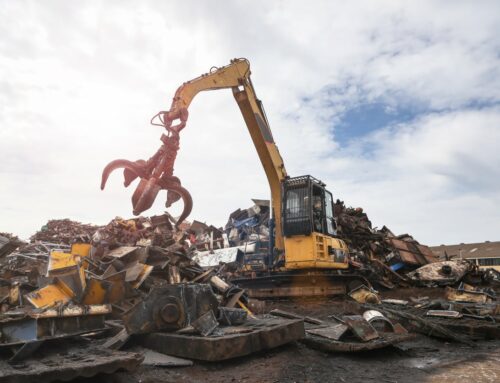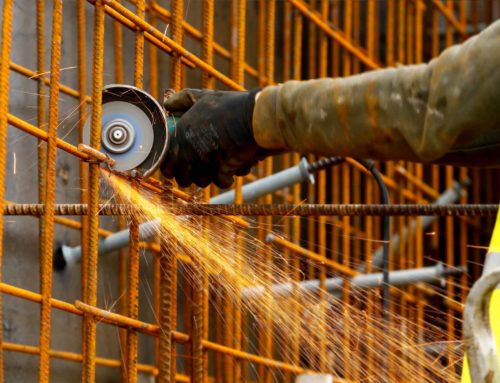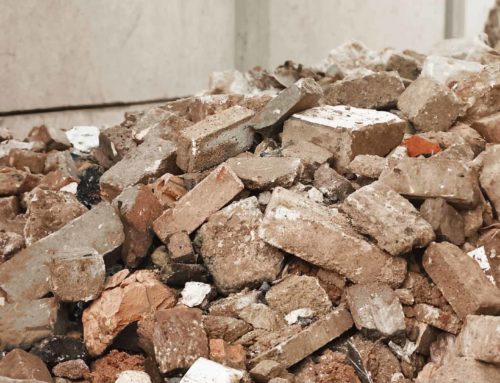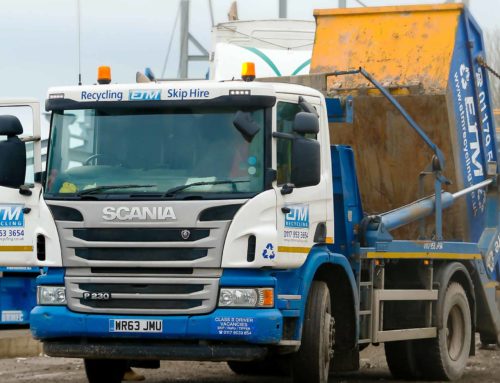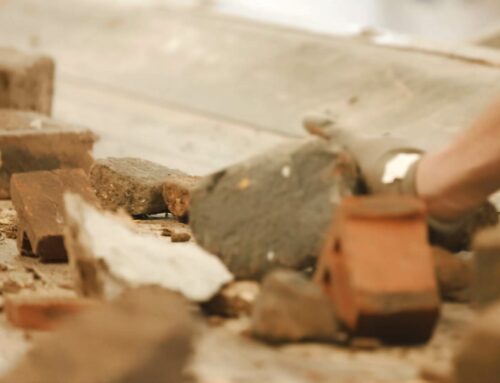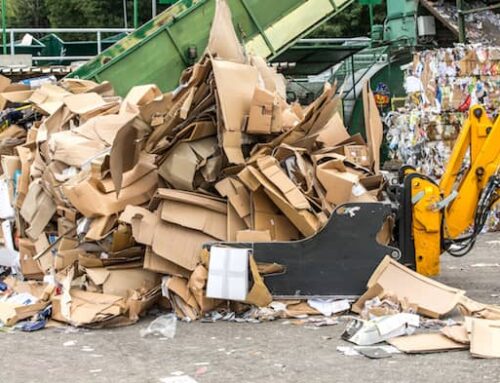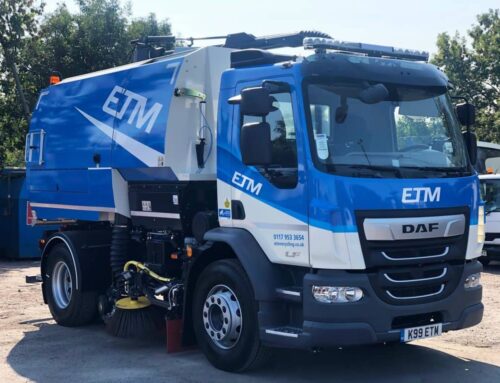Upcoming changes in the UK regulations surrounding wood waste will possibly impact the way you will need to handle your waste management. The Environmental Agency (EA) is withdrawing the Regulatory Position Statement (RPS) 250, which will lead to changes in handling regulations and practices for wood waste from the construction and demolition industry.
Stay on top of the changes with ETM Recycling. As experts in the fields of recycling and waste management, we’ve put together this article containing information on the new regulations, when they’ll come into effect, what they mean for you, the categories of wood affected, and a mention of other current and upcoming recycling legislation.
Receive expert support and advice about your wood waste – get in touch.
What are the New Wood Waste Regulations?
The new regulations surrounding wood waste management pertain to the handling and processing of certain classifications of hazardous and potentially hazardous wood waste from the construction and demolition (C&D) industry.
They are, in effect, the retraction of previous regulations. The particular piece of legislation was the Regulatory Position Statement (RPS) 250, which began taking effect on the 1st of August 2021.
The RPS 250 allowed wood waste from the C&D industry which had to potential to be hazardous to be moved and processed as non-hazardous. This creates issues when hazardous materials are recycled or reused in sensitive applications and hinders recycling initiatives.
The changes have been brought about by extensive testing performed by the Wood Recyclers Association (WRA), undergone to determine the amount of hazardous waste content present in wood waste.
These changes will result in differences in the way we handle wood waste. This means further consideration for everyone when managing their wood waste, and an additional step for good waste management providers to ensure the greatest recovery from managed materials.
Find out about wood waste management services from ETM Recycling >
When will the Wood Waste Regulation Changes Take Effect?
The Regulatory Position Statement (RPS) 250 is to be withdrawn by the Environmental Agency (EA) as of the 1st of September 2023. This will put into effect the classifications laid out by the testing from the Wood Recyclers Association (WRA).
This may not be the end of the changes – the WRA anticipates the designation of more categories as hazardous through the continuation of their testing.
What do the Wood Waste Regulations 2023 Mean for You?
If you’re handling your own recycling and waste management of your C&D wood waste, you will need to be more vigilant about what types of wood waste you are producing and where they end up. Certain classifications of wood which would have previously been recycled will now be considered hazardous and must be disposed of accordingly at a suitable facility.
However, the ten additional wood waste categories that have been designated as hazardous since the WRA testing only constitute less than 1% of the total wood waste in the UK. This means it is unlikely that the changes will have any real impact on your sustainability or carbon footprint, especially when you utilise good waste management services to handle your wood waste.
Contact us today for assistance navigating the new regulations with good waste management.
What Wood Waste Categories are Affected by the New Regulations?
The only types of wood waste affected by the new regulations from September 2023 are Grade D wood waste (classed as hazardous) and wood waste from pre-2007 structures (classed as potentially hazardous).
Hazardous Grade D wood waste sources include:
- Engineering
- Hydraulic
- Boats & ships
- Telegraph poles
- Trailer beds
- Railway sleepers
- Creosote treated wood
- Chromated copper arsenate (CCA) treated wood
Potentially hazardous pre-’07 wood waste sources include:
- Timber cladding
- Tiling and battens
- Fascias & Soffits
- External joinery
- Timber frames
- External doors
- Roof timbers
- Wooden conservatories
These lists are not exhaustive, and it is important to adhere to government regulations and updates from the WRA to ensure your wood waste management practices are fully compliant with the relevant legislation.
Can Grade D and Pre-’07 Wood Waste be Recycled?
It can – but only under certain circumstances. The items in question must first be tested and demonstrated as non-hazardous before they can be recycled. This may lead to additional time and monetary investments to ensure the highest amount of waste is recycled.
If the testing results in the wood waste being categorised as hazardous it will need to be separated, marked as hazardous, and properly disposed of as it would have been even without the testing.
Do the Regulations Affect Other Grades of Wood?
They might, depending on the source and grade of wood you’re dealing with.
Grade A wood waste is automatically categorised as non-hazardous.
Grade B, C, and construction & demolition (C&D) wood waste needs to be analysed as to whether it contains Grade D or pre-’07 wood: if it does, it needs to be tested or marked as hazardous; if it doesn’t it will be classified as non-hazardous.
Learn more about waste wood grades with our guide >
What is the Extended Producer Responsibility (EPR)?
Other regulations that might affect the way you handle your wood waste going forward include the Extended Producer Responsibility (EPR).
The EPR represents a move from a tonnage-based waste hierarchy to a carbon-based system and is part of a group of policies which aim to focus on carbon cost as the central concept for Britain’s sustainable growth over the next two decades.
The EPR draws a distinction between small and large producers; large producers are those who have over 50 tonnes of packaging on the market and a turnover of over £2 million.
The policy is due to be introduced in 2025, but there are additional steps producers need to take from 2023 including reports on packaging data. This data collection began on the 1st of January 2023, and there was an additional step for large producers on the 1st of July 2023. The next step is on the 1st of October 2023, with more to come in 2024 and beyond.
Waste Management and Recycling Services from ETM Recycling
If you’re a construction & demolition business that handles Grade D or pre-’07 wood, or a business who handles wood waste of any kind, you’ll need to keep up to date with the current changes in wood classification as well as future changes that the WRA may introduce. Using good waste management services from ETM Recycling can help you deal with these changes as they arise.
Handle the changes brought by the new wood waste regulations with ease by getting in touch. We offer a range of waste management and recycling services to help your business minimise its carbon footprint and meet legislative requirements for regulations in the UK.
Find out about our state-of-the-art Materials Recovering Facility (MRF) >
